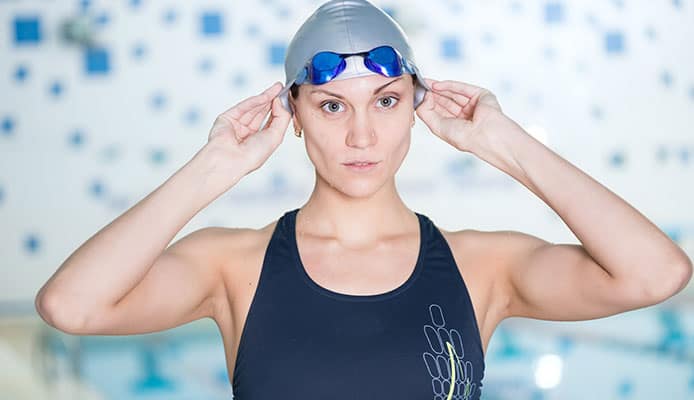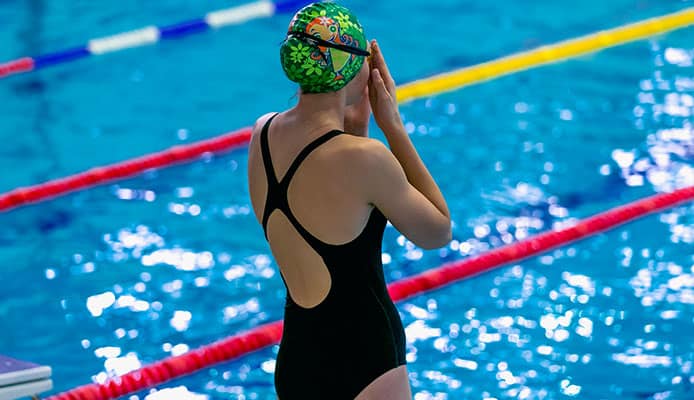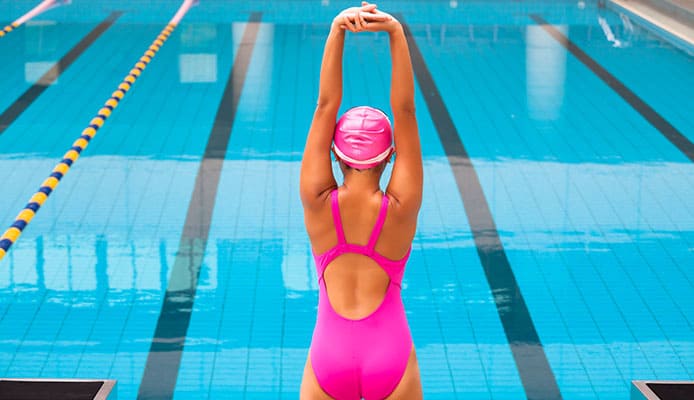
If you want to make your swim training more versatile and efficient, buying a swim cord can really help you. This is a very good piece of swimming gear which can be used for different types of training. They can provide you with resistance and pull you back while you build endurance, or they can pull you forward to increase swimming speed and improve technique.
Also, swim cords are practical because they can be used in different circumstances and pools, making training possible even in small pools where lap swimming can’t be done. But before buying, you should also know a few things about best swim cords available, which is why we selected some great products to take your training to another level. Also, a buying guide is included below as well as explanations on how to use the cord properly. Take a look.
OUR TOP PICK
TYR Aquatic Resistance Belt
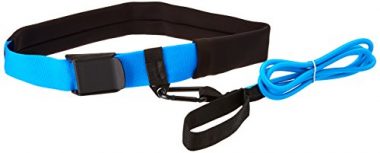
- Stand Out Features - Why We Love It
- Dries quickly
- Easily adjustable
- Great for home use
EDITORS CHOICE
YYST Bungee Training Belt
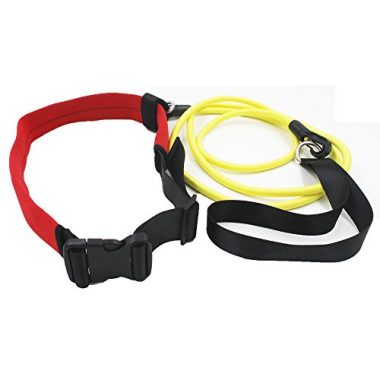
- Stand Out Features - Why We Love It
- Good value for money
- Quick release buckle
- For adults and kids
BEST VALUE
YYST Pool Training Leash
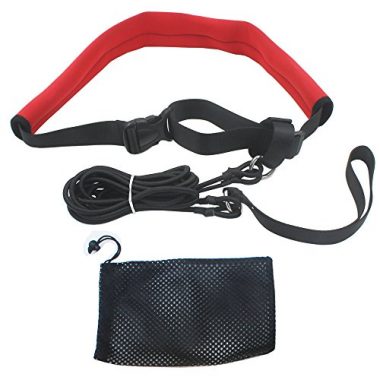
- Stand Out Features - Why We Love It
- Buckle on the belt
- Webbing loop
- Mesh bag
StrechCordz Long Belt Slider
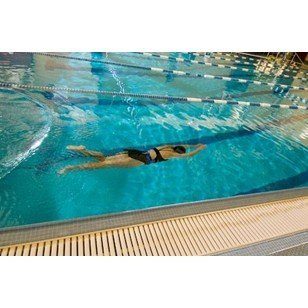
- Stand Out Features - Why We Love It
- Sliding attachment on the belt
- Different resistance levels
- Great for speed exercises
StrechCordz Short Belt
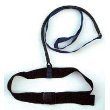
- Stand Out Features - Why We Love It
- Versatile inside and outside the pool
- Different resistance levels
- Very strong
Stillswim Stationary Tether/Belt with front lifting support
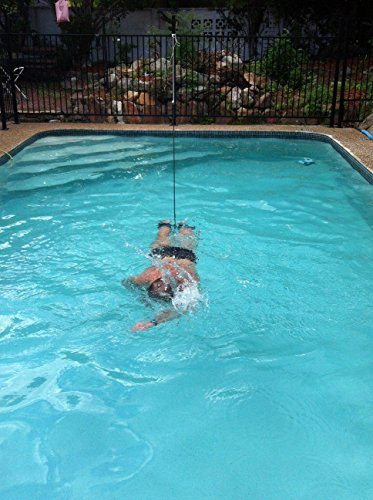
- Stand Out Features - Why We Love It
- Rope instead of a loop
- Harness improves buoyancy
- Very adjustable belt
Vbestlife Resistance Belt
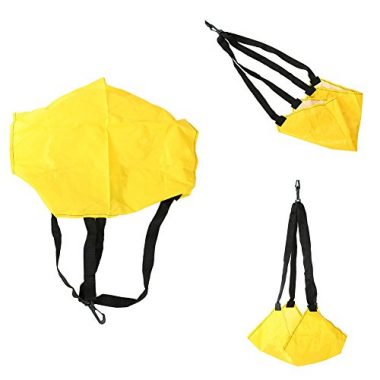
- Stand Out Features - Why We Love It
- Drag parachute
- For adults and kids
- Mesh bag
FidgetFidget Bungee Training Belt Kit
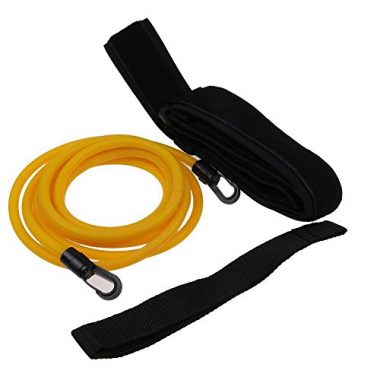
- Stand Out Features - Why We Love It
- Velcro adjustable belt
- Durable
- Easy to use
How To Choose A Swim Cord – Buying Guide
Even though swim cords are pretty straightforward, there are some differences when it comes to design and build quality of the products. They usually have a nylon belt which goes around your waist. The belt should be adjustable and comfortable, so it can fit you properly.
It is attached to a bungee cord which on the other end has a loop you put around something outside the pool (a pole for example), or a rope to tie it to something firm. It should be easily installed wherever you are, so you can begin your training quickly. We mentioned these are very handy, and there are different situations you can use your swim belt in.
Endurance & Static Swimming
This is the most common purpose of a swim cord – you use it to improve your endurance and speed in water. Depending on the length and strength of the cord, it provides you with resistance while you’re training. You can either swim in place to practice your technique, or you can try and stretch the cord to the other end of the pool, which is going to build your pull strength.
Also, swimming with a cord is excellent for small or crowded pools, because it allows you to take your spot in the pool and not bump into others. In addition, there are products available which aren’t anchored, but instead have a parachute which creates drag for you. This is a fantastic strength workout, but it requires a larger space in the pool.
You might also like: Perfect Kickboards
Speed Play
The best swim training resistance bands can also be used to increase the speed at which you are moving through water. First, the cord is stretched as much as possible. Then you swim with the cord helping you by pulling. This way you move much faster, and your coach or swimming buddy can easily see if you have drag while swimming. It’s a good way to notice if some part of your technique or your body posture needs improvement, which is particularly beneficial for sprinters.
Dryland Training
Even though we haven’t included this type in our swim cord reviews, there are cords that are used to practice stroke on dryland. The design is a bit different since they resemble resistance cords you see and use at the gym. One end is anchored to something immovable, and you have two loops or handles you hold in your hands. You position your body like when making a pulling motion, and perform the motion with handles in your hands.
The cords create resistance, and by doing that they strengthen your back and shoulder muscles. This is a popular way of training among athletes, especially because it’s handy and you can do it outside the pool. However, don’t rely on this type of training too much since it’s meant to be an addition to training in the pool.
FAQs
Q: Why do I need swim cords?
As we mentioned, using a swim cord can improve your performance. You can make your stroke more efficient and swim faster. Many competitive athletes use it to improve their speed. Tracking your progress could help you, and that’s why you should consider investing in a fitness tracker. Also, a swim belt allows you to practice in a small pool, making it possible to have a good exercise anywhere.
Q: How should I use swim cords?
This swimming gear is easy to use, however you should always follow the guidelines. Always anchor the swim cord properly to something solid (for example a pole, pool ladder or a starting block). The belt should be positioned in the middle of your waist. It should have a snug fit, but you still allow movement and breathing. The attachment should be placed behind you in the center of the belt, to avoid kicking the cord while swimming. On the other hand, if you are practicing backstroke the attachment should be in front, also centered.
It’s not recommended to tie knots on the cord when wanting to shorten it, because they can get too tight and very difficult to untie later. The cord can also be damaged this way. Be sure to check your cord for damage from time to time – if you notice stretch marks or cracks it’s a good idea to replace it before something unfortunate happens. They can snap and injure you or someone standing next to the pool.
Q: When should I use swim cords?
You should use it when you want to improve your strength. Create a routine and use them a few times every week for a certain period of time, you will notice the difference. Also, if you don’t have access to a large swimming pool – you can use the swim cord in a short pool. By swimming in place it allows you to have a feeling like you are in open water. Using a swim cord is a good idea in any situation that can make your training better. Even though it might be uncomfortable at first, it works really well when you get used to it.
Globo Surf Overview
A swimming resistance cord is a very useful piece of gear. By using it you improve endurance, and make technical adjustments easier. Stretch cords are usually very easy to set up in any pool. Some can effectively be used outside the pool too, increasing the options you have when training. If you choose to introduce this equipment to your swimming routine, it can really make you a better swimmer.


